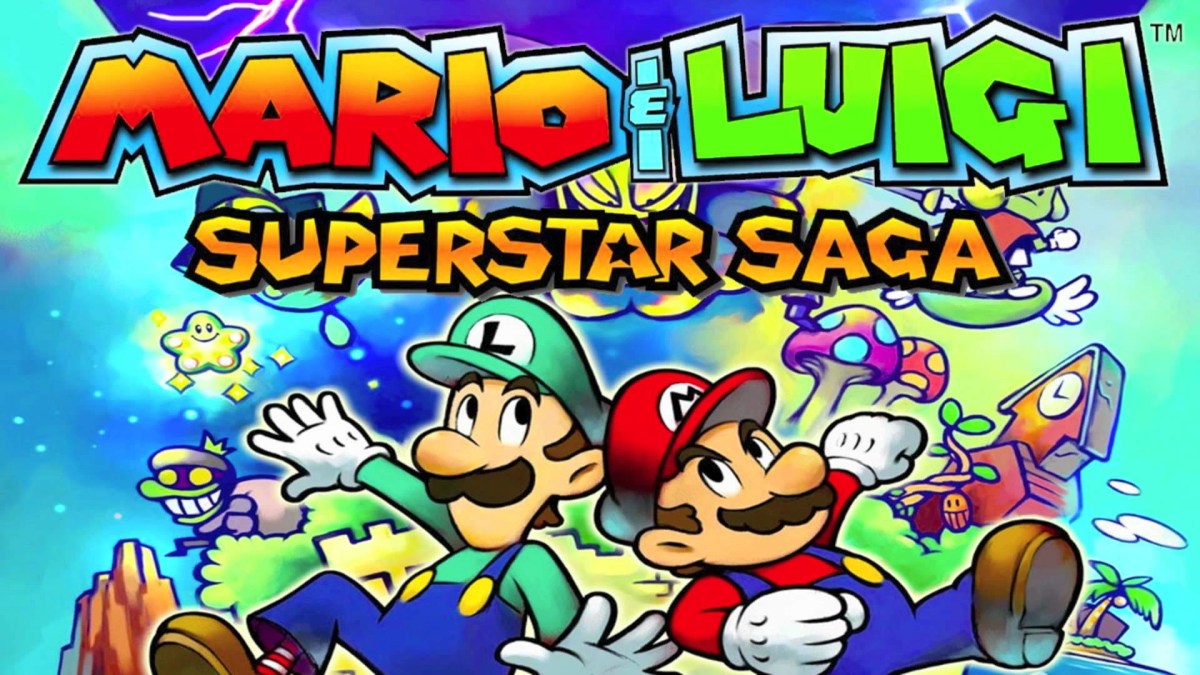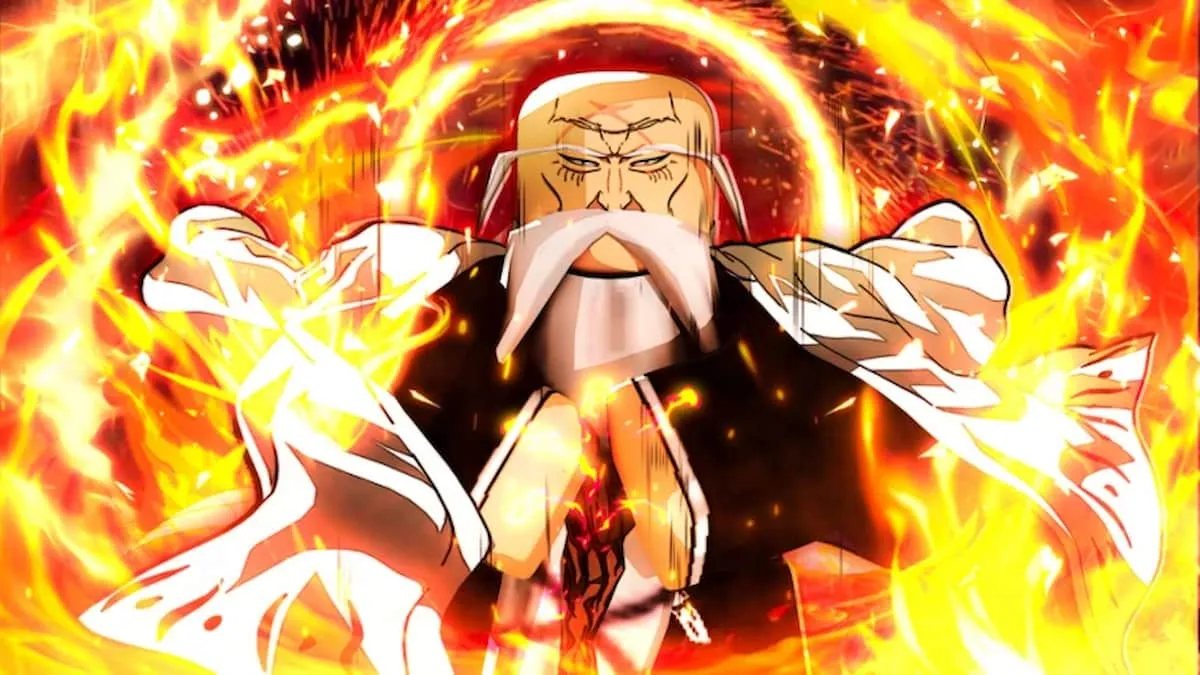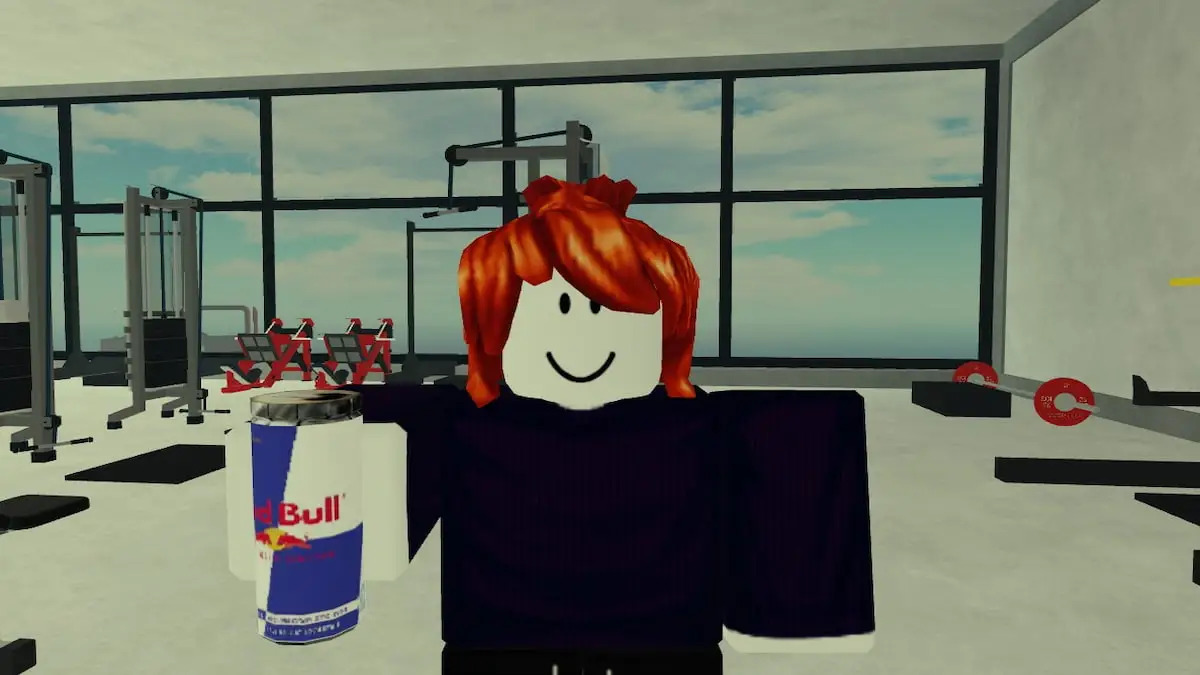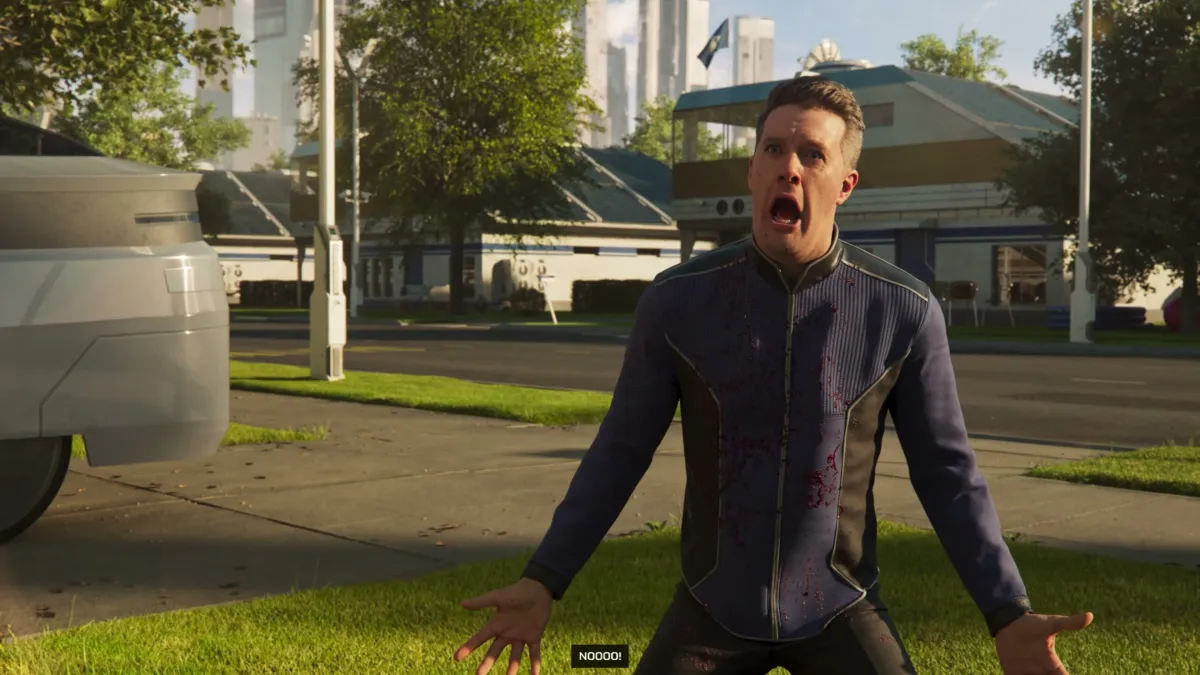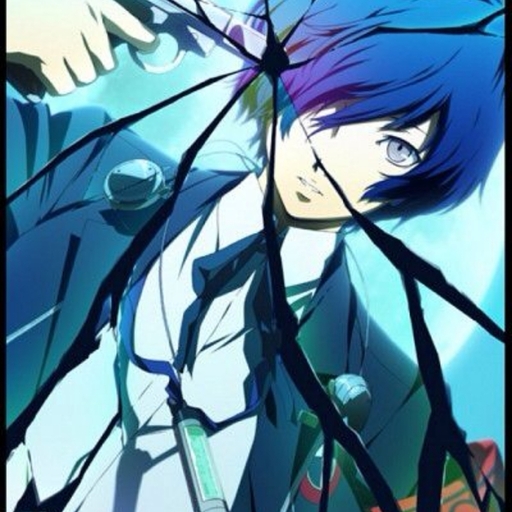The Super Mario RPG: Legend of the Seven Stars remake isn’t the only major Mario game that came out today. 20 years ago, on this very day, the folks at AlphaDream gave us Mario & Luigi: Superstar Saga, a game arguably better than Super Mario RPG.
When it became clear that Nintendo and Square would never collaborate to create an RPG like Super Mario RPG again, thanks to Nintendo’s decision to stick with cartridges in the 5th console generation, Nintendo began to branch out and carve out their own unique RPG subseries for the portly plumber. At first, RPG fans received Paper Mario for the Nintendo 64, serving as one of the few RPGs to ever be released for the system. It was a delightful time that built on several of the mechanics and ideas of its predecessor, but a separate RPG series would be developed that had a greater connection to Super Mario RPG. Nintendo decided to employ AlphaDream, a relatively new company consisting of former Square employees, and spearheaded by Yoshihiko Maekawa, who also co-directed Super Mario RPG, they would make Mario & Luigi: Superstar Saga.
Up until this point, while the Gameboy Advance had a relatively strong library of titles and would go on to have plenty of excellent games under its belt, the system never really had its own unique Mario game. Every Nintendo system had a unique Mario platformer to call its own except for the GBA, which just released updated ports of Mario games from the NES and SNES. They were fine, but for someone who had already played those games, it’s not surprising that people wanted more. I played Superstar Saga when it first came out solely because of this, and even after I lost the game and found a random copy in front of my middle school years later, I still thought fondly of my time with it. Now, 20 years later, I can’t deny just how important this game was in the trajectory of the Mario series overall and in making Mario and Luigi the men they are today.
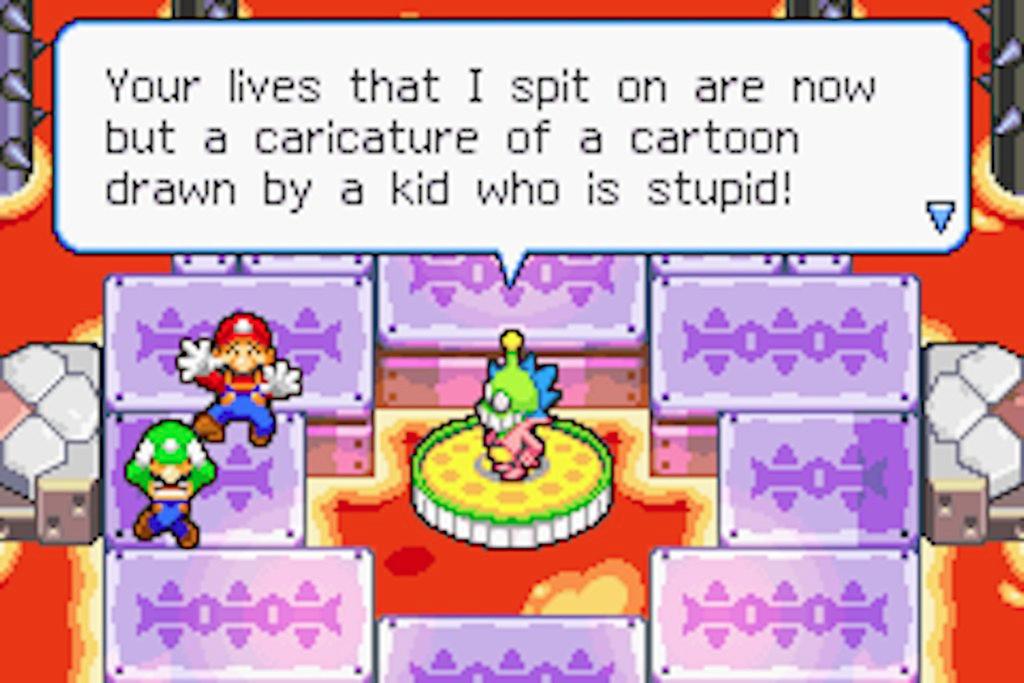
More than any other Mario game before it, Superstar Saga really emphasized the humor of the Mushroom Kingdom and its inherent cast of weirdos. With Princess Peach afflicted with a curse that makes her words explosive, thanks to the evil witch Cackletta and her minion Fawful, it’s up to Mario (and Luigi begrudgingly) to find her voice before Cakletta uses it for her evil plans. Of course, Bowser tags along for his own selfish reasons, and the two brothers encounter a whole host of other strange folks in the brand-new Beanbean Kingdom, from mafia-inspired thieves to evil sentient sodas. The plot is fairly lighthearted, and while there is dialogue to convey the more important beats of the story, the best moments of the game are when Mario and Luigi are able to have Three Stooges-style slapstick and buffoonery.
Up until this point, Mario and Luigi didn’t really have extremely fleshed-out personalities. Mario had always been consistently the upstanding and brave good guy, and Luigi was more or less a carbon copy of him. They were fine protagonists but paled in comparison to virtually every other mascot, something Sega capitalized on with Sonic. Near the beginning of the 2000s, there was more of a direct attempt to distinguish the two brothers through games like Luigi’s Mansion and Paper Mario and make them more than just surrogate player avatars. But Mario & Luigi: Superstar Saga was the culmination of Nintendo’s efforts to really define the characters. Both feel more three-dimensional here despite not having any discernible lines of dialogue. They speak gibberish, but through their body language and Charles Martinet’s delivery, the player is still easily able to understand the relationship these brothers have, as well as their thoughts on whatever weird situation they find themselves in. And, of course, get into quirky hijinx to make the player laugh.
But while the series did a lot of heavy lifting for Mario and Luigi to make them likable, it’s Bowser who had the best portrayal. Previously, Bowser had always been depicted as a fairly intimidating villain. Even when you teamed up with him in Super Mario RPG, he still had an edge to him and was a very clear threat to the party, especially when he once again took center stage in Paper Mario. But now, Bowser was comic relief. Within the first hour of the game, he’s shot out of a cannon crying and not seen again until much later when he has amnesia and is working for one of the most pathetic thieves of all time as what I can only describe as a goober. Instead, the villain of the game, Cackletta, takes center stage with her own intimidating presence, and her minion, Fawful, becomes such a fan-favorite character that he would become the lead antagonist of a later Mario & Luigi game. Without Superstar Saga, you can make a genuine argument that Bowser would not be as comical or as fun as he is today.
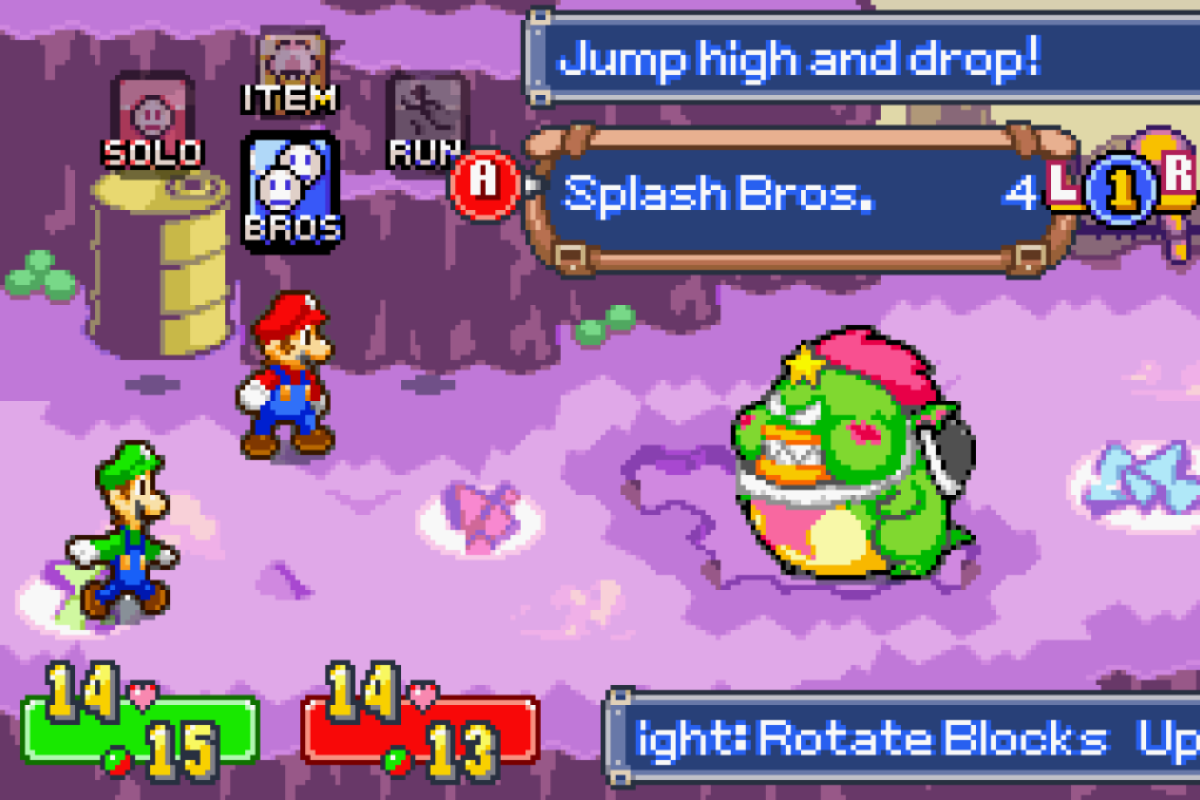
But beyond enhancing the personas of the brothers, Mario & Luigi: Superstar Saga also enhanced the gameplay associated with all prior Mario RPGs. Superstar Saga requires the player to use complex choreography to defeat the enemies of the Beanbean Kingdom. To do so, like Super Mario RPG and Paper Mario, the player has to press specific inputs in order to deal more or reduce the amount of damage taken. Unlike those comparatively basic combat encounters, players will need to memorize enemy patterns and successfully dodge their attacks since some attacks will only attack specific brothers. It’s entirely possible to evade an attack altogether, making fighting new enemies a fun experience as you learn how they operate and how to counter.
When you do want to lay on the offense, you once again need to time attacks to deal extra damage, but the timing is a lot stricter and more complex. If you really want to lay on the damage to opponents, you’ll need to perform Bros. Attacks, which is a brilliant wrinkle to an already dynamic gameplay system. Each Attack requires different button inputs to accomplish and costs a variety of BP – or Bros. Points – to use. However, there are various different levels of skill required for each Bros. Attack, each effectively communicated to the player. Lower level Bros. Attacks offer more assistance to the players, like slowing down time and indicating which buttons need to be pressed at which time, yet they will often do less damage and may not have any special effects attached. Higher level Bros. Attacks will remove those handicaps, but in exchange, your attacks will deal more damage, cost less BP, and may contain special effects if landed correctly. If not, then your attack may miss completely, and you wasted valuable BP.
It creates a nice learning curve for newcomers for what is, effectively, a beginner’s RPG. There may be moments in the game that are challenging, but nothing in Mario & Luigi: Superstar Saga is impossible to beat without practice. A beginner can easily approach this game and not be overwhelmed and be taught slowly over time each new move and mechanic the game introduces at a pace that isn’t overwhelming. By the time you reach the end of the game, the challenge is indeed stiffer, including a surprisingly brutal final boss fight that is, at times, unnecessarily unfair, but with strategy and practice, it can be overcome. The game doesn’t overstay its welcome, either, not really offering much in the way of side content and instead crafting a straightforward narrative that can be beaten in about 15 hours.
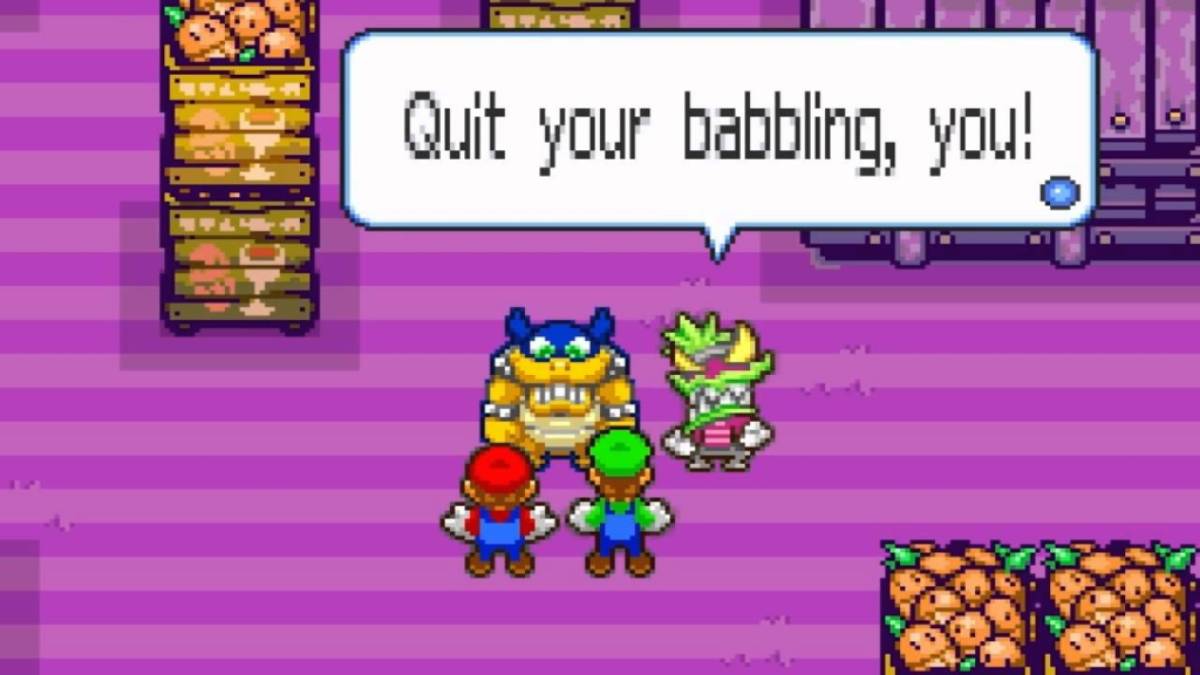
Upon release, the game was a critical and commercial success, leading AlphaDream to develop numerous entries in the Mario & Luigi series. Each of the later games was fun, but with the exception of Bowser’s Inside Story, they all felt like they were replicating a lot of what made Mario & Luigi: Superstar Saga a hit. They complicated things a bit too much, introducing more and more gimmicks, whether it be through touch screen manipulation, adding in Paper Mario as an additional party member, or losing a lot of that distinct flair that Superstar Saga carried in favor of a more generic setting and plot. You could make the argument that Superstar Saga may have done too good of a job, given that future renditions of Mario and Luigi inside of AlphaDreams’ subseries seemed to recycle a lot of the same humorous shtick that won audiences over in their first game.
When AlphaDream decided to remake Superstar Saga for the 3DS, I admit that I never really got into that version. It just seemed so sanitized when compared to the much more slapstick and exaggerated animation that the original game had. Before Superstar Saga, Mario seemed to be very static and dull, uninteresting in his depictions. Now, Mario is too rigid, unable to break free from the pre-established characterization that Nintendo has thrust upon him. Mario & Luigi: Superstar Saga was released right in that sweet spot when Nintendo was experimenting with Mario in a lot of ways that we don’t see anymore. Whether it be in Superstar Saga or his more aggressive attitude in the Strikers series, Mario began to feel like his own person during this era of Nintendo’s history, and Superstar Saga cemented who he is and what his personality is like.

